Black Tower Elderberry
$44.50 Original price was: $44.50.$31.15Current price is: $31.15.
- Free Shipping over $25
- Fast & reliable delivery options
- Enjoy top quality items for less
- Multiple safe payment methods

Bold, colored foliage is always an asset in the garden, and when it comes on an easy-to-grow plant, with an elegant, upright form that brings height into narrow spaces and smaller gardens, then you have the perfect plant. The Black Tower Elderberry is just such a plant, and its rich, black-purple leaves add a touch of class and color to any planting. The pink flower clusters in spring are an attractive bonus, and the black berries that follow them are yet another one – they can be baked in a pie, made into jam, and even turned into a tasty wine.
Growing Black Tower Elderberry Shrubs
The Black Tower Elderberry is an upright-growing shrub that will approach 8 feet tall but remain just 3 or 4 feet wide. This makes it ideal for slipping some height into a narrow, planted area, or to create a dynamic vertical arrangement in a small bed. This kind of plant is perfect for small urban gardens, which often have small beds in courtyard spaces, but it works well in larger gardens too, among other flowering shrubs, as a quick way to put in an all-important vertical accent. It can also be used in large planter boxes on a terrace, for privacy and color. An interesting screen in the garden would be easy to create by planting a row, which would make the perfect summer hedge – full of color and interest.
Appearance
The Black Tower Elderberry has large leaves up to a foot long, which are divided into 3, 5 or 7 leaflets, each of which is about 5 inches long, and spear-shaped, with serrated edges. These grow up tall shoots, and the leaves are light green when they first emerge in spring. They very soon turn burgundy and then purple-black as they mature. The first spring your plant grows for you, don’t think something strange has happened. Those green leaves in spring are normal – and temporary. These changing colors add a lot of interest to this plant in spring and early summer.
In June and July, broad, flattened heads of many tiny pink flowers appear. These flower clusters can be 10 inches across, and they release a pleasant, musky-floral fragrance into the air. By fall these have turned into clusters of glossy, black fruits, almost ½ “across. These are tasty, and when ripe they can be harvested and baked into a pie, perhaps with apples, or turned into jam or jelly. They can even be made into the English country favorite, elderberry wine.
Planting and Initial Care
The Black Tower Elderberry grows easily from zone 4 to zone 8, in a wide range of conditions. It grows best, and has the strongest leaf colors, in full sun, but it also tolerates partial shade well. It will grow in most soils, doing best in richer, moist soil, but perfectly happy in all gardens except for very dry sites. Once established it grows vigorously adding 4 to 6 feet in a single season. It is rarely bothered by pests or diseases, and the only care needed is a pruning in late winter or early spring, as the new growth is just showing. It is natural for this shrub to lose branches in winter, and in zone 4 the stems may die back a little, but they always re-sprout and fill the space quickly.
Pruning
When it comes to maintaining your shrub, there are three ways you can prune it. First just remove any dead branches and the tips of stems that have died back, down to the first pair of healthy buds. Secondly, and probably preferable in most gardens, is to remove all weak stems, and cut back to a short framework of younger, strong branches. If you have neglected pruning for a while and your plant looks untidy and overgrown, then cut back to just a few inches from the ground to rejuvenate it. The quantity of flowers and fruit depends on pruning too. The harder you prune, the bigger and bolder the foliage, but the fewer the flowers and fruit – the choice is yours.
History and Origins of the Black Tower Elderberry
The European Elder, Sambucus nigra, is a large shrub native to Europe, North Africa and western Asia. It has white flowers, and it often grows along streams, and on rough ground. The wild shrub can reach 20 feet or more in height, but in gardens only smaller, cultivated forms are grown. Kenneth Richard Tobutt, who lives near the town of Gravesend, England, is a plant breeder who specializes in creating new, attractive varieties of this shrub. In 1990 he cross-pollinated two older varieties of Elderberry – ‘Pyramidalis’, known for its very upright growth, and ‘Guincho Purple’, with purple leaves and pink flowers.
In 1993 he then crossed two of the resulting seedlings together and raised 300 plants from the seed he obtained. After test-growing the plants for several years he selected one, which he named ‘EIFFEL 1’ as the most promising and unique. Another 10 years of trials were carried out, and in 2013 he patented his plant and released it under license to American nurseries, under the name Black Tower. Our plants are carefully grown and guaranteed to be 100% genetically identical to the original, carefully trialed plant. This wonderful new plant has been a show-stopper wherever it is seen, and with the demand for colored foliage very high, these quality plants are never with us for long. Order now and enjoy one of the most vigorous and attractive foliage plants around – don’t hesitate.
Be the first to review “Black Tower Elderberry” Cancel reply
Related products
Butterfly Bush
Hydrangeas
Lilacs
Knock Out® Roses
Hydrangeas
Knock Out® Roses
Rhododendron
Boxwood Shrubs


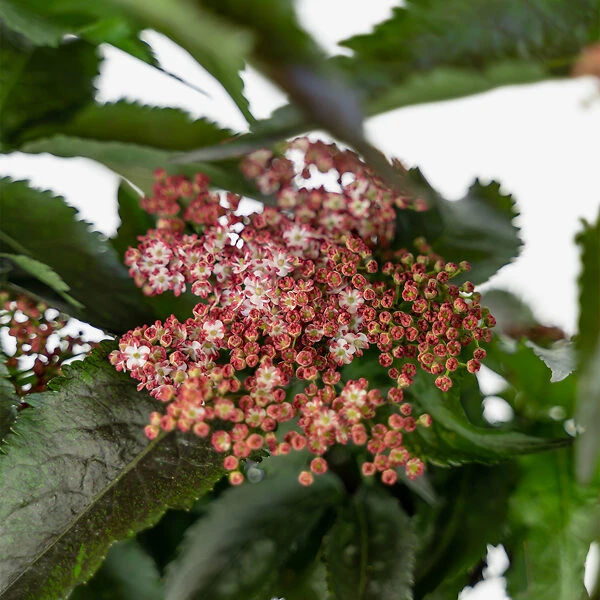
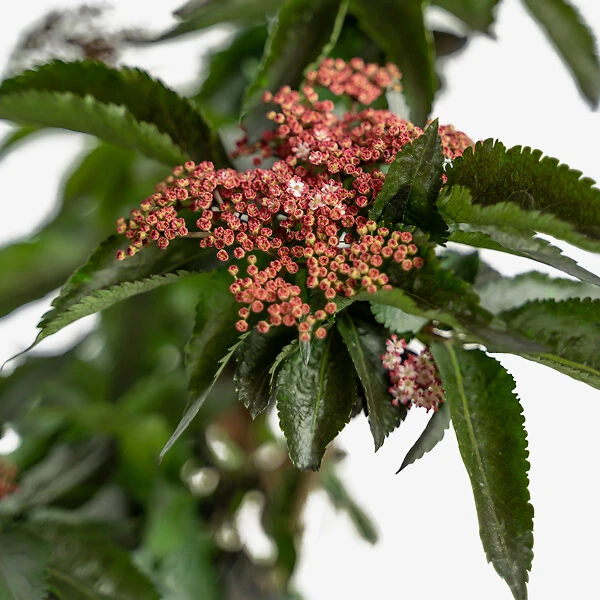
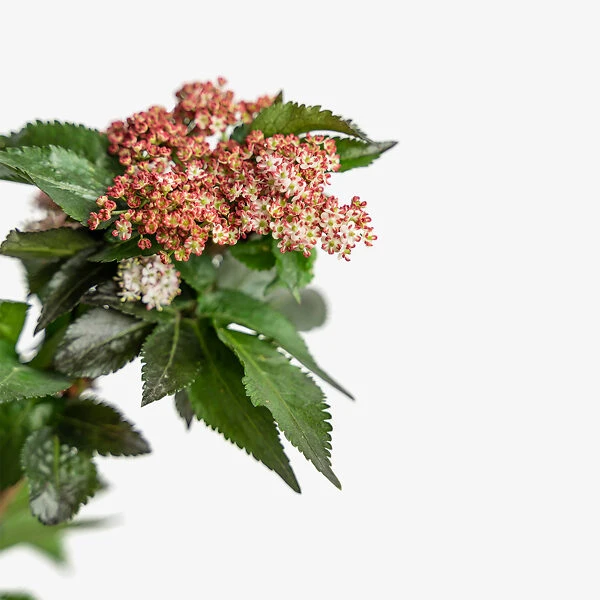

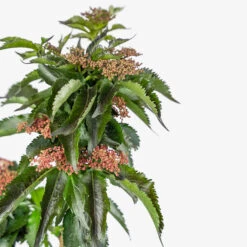
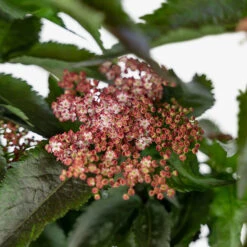
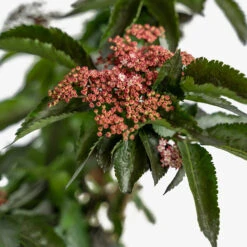
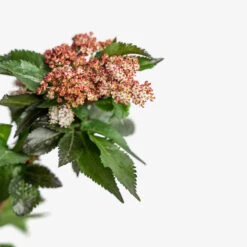






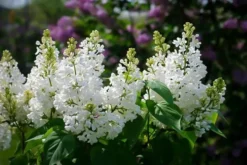
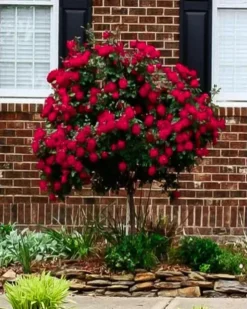

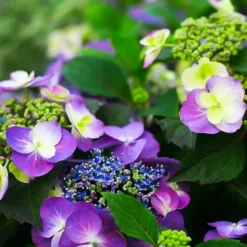
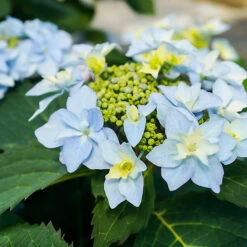

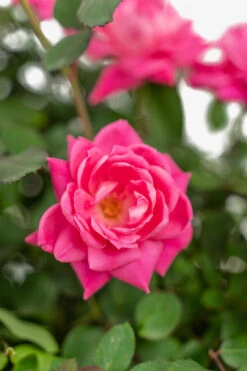
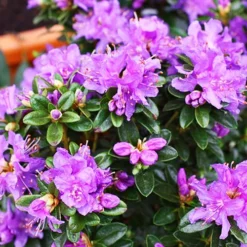
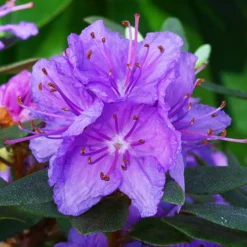
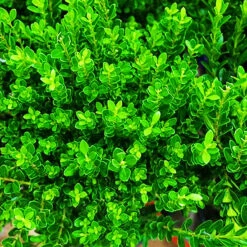

Reviews
There are no reviews yet.